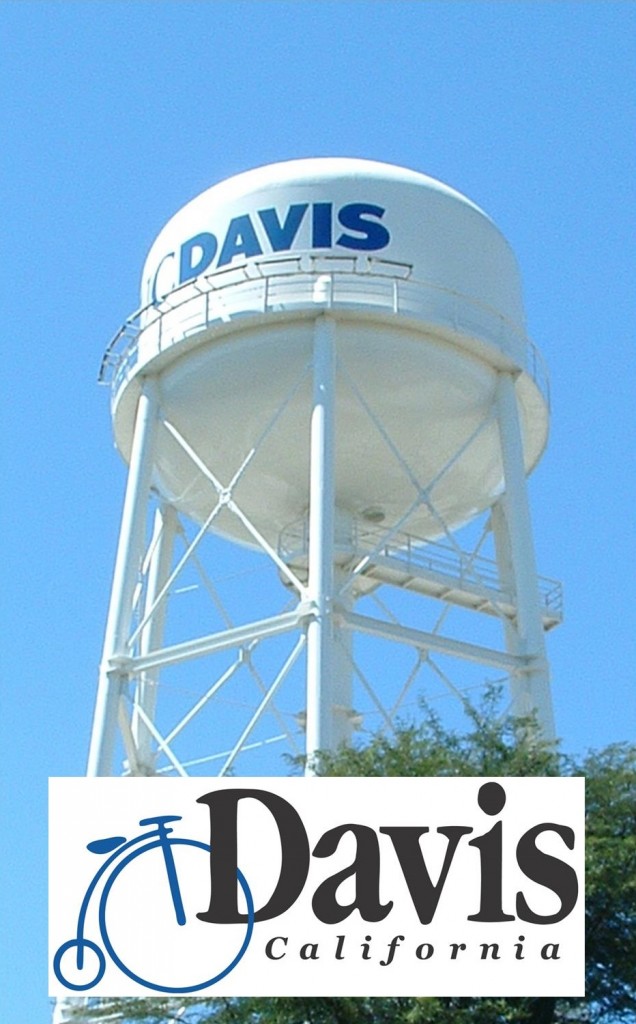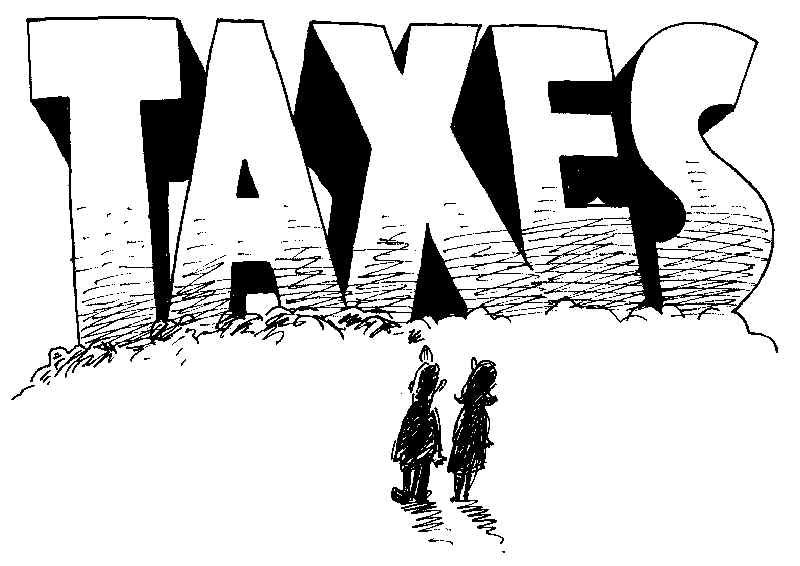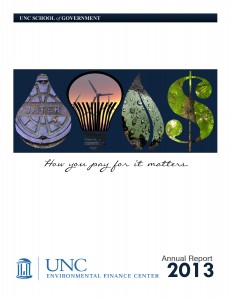 It happens almost every year: my family goes to the beach, and we invariably see an amazing house for sale that inspires us to dream. It takes only a few seconds to realize purchasing a beach house by ourselves is not an option, but what if we join forces with family, friends or neighbors? Suddenly the sticker price doesn’t seem so intimidating – we’ve solved the financial barrier to owning a beach house!! But as we start to think about the details, like how exactly we might join up with 6 other families, it doesn’t take long to come up with a long list of obstacles to joint ownership. What about all the legal issues related to joint ownership? What happens if after a few years, several of the families decide they are sick of the beach? What if one family ends up using the house a lot more than the other families – will they pay more? I’m sure figuring out all these issues is possible, but they seem so daunting it cures me for a least a year of considering buying a beach house.
It happens almost every year: my family goes to the beach, and we invariably see an amazing house for sale that inspires us to dream. It takes only a few seconds to realize purchasing a beach house by ourselves is not an option, but what if we join forces with family, friends or neighbors? Suddenly the sticker price doesn’t seem so intimidating – we’ve solved the financial barrier to owning a beach house!! But as we start to think about the details, like how exactly we might join up with 6 other families, it doesn’t take long to come up with a long list of obstacles to joint ownership. What about all the legal issues related to joint ownership? What happens if after a few years, several of the families decide they are sick of the beach? What if one family ends up using the house a lot more than the other families – will they pay more? I’m sure figuring out all these issues is possible, but they seem so daunting it cures me for a least a year of considering buying a beach house.
What does any of this have to do with environmental finance? Going through this yearly personal finance exercise reminds me of one of the critical truths of environmental finance – often paying for an environmental objective has more to do with governance than finding the money.








